Do you have a question about the Toyota 4RUNNER 2010 and is the answer not in the manual?
Details about the keys provided with the vehicle, including master keys, valet key, and key number plate.
Instructions on operating the smart key system for locking and unlocking doors and the back door.
Information on adjusting front seats, power seats, active head restraints, seat belts, steering wheel, and mirrors.
Guide to operating power windows, power back window, and moon roof, including jam protection function.
Instructions on opening and closing the fuel tank cap, including precautions during refueling.
Details on the engine immobilizer system and the alarm system, including triggering and deactivation.
Guidance on correct driving posture, SRS airbags, and front passenger occupant classification system.
Procedures for starting the engine, driving, stopping, parking the vehicle, and driving in different conditions.
Explanation of gauges, meters, indicators, and warning lights on the instrument cluster and center panel.
Instructions on using the headlight switch, fog light switch, windshield wipers, and rear window wiper.
Details on cruise control, intuitive parking assist, four-wheel drive systems, active traction control, AUTO LSD, and downhill assist.
Guidance on off-road precautions, driving in various conditions, cargo and luggage, vehicle load limits, and trailer towing.
How to operate the manual and automatic air conditioning systems, including defogging the windshield.
Information on audio system types, radio, CD player, MP3/WMA discs, iPod®, USB memory, and Bluetooth® audio.
Guide to using the hands-free phone system, including connecting a phone, making calls, and managing the phone book.
List of interior lights and how to operate them, including illuminated entry system and customization options.
Overview of storage features like glove box, console box, cup holders, and garage door opener.
Details on sun visors, vanity mirrors, clock, outside temperature display, and interior features.
Instructions for cleaning and protecting the vehicle exterior, including automatic car washes and high pressure car washes.
Procedures for cleaning leather and synthetic leather areas, carpets, and seat belts.
Information on general, scheduled, and do-it-yourself maintenance, including repair and replacement recommendations.
Precautions and procedures for do-it-yourself maintenance tasks like checking fluids, fuses, and replacing bulbs.
Guidance on checking tire condition, rotation, pressure warning system, and replacement.
Covers emergency flashers, what to do if the vehicle needs towing, and if something seems wrong with the vehicle.
Guidance on responding to warning lights, buzzers, and specific vehicle issues like flat tires or engine problems.
Details on dimensions, weights, engine specifications, fuel information, and cooling system.
Information on customizable electronic features and settings for various vehicle functions.
Details on items that need to be initialized for normal system operation after battery reconnection or maintenance.
How to report vehicle defects to NHTSA and Toyota Motor Sales, U.S.A., Inc.
French explanation of seat belt instructions, covering correct use and precautions.
| Brand | Toyota |
|---|---|
| Model | 4RUNNER 2010 |
| Category | Automobile |
| Language | English |
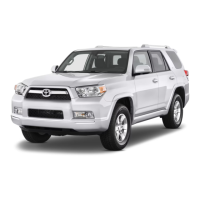

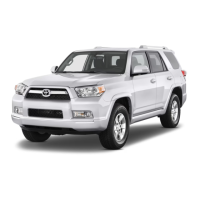
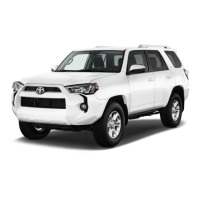
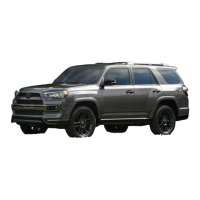




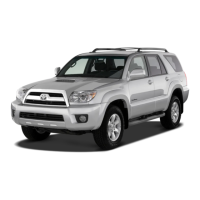


